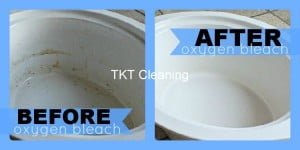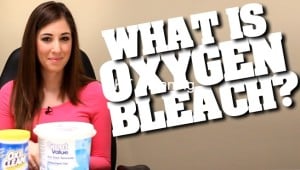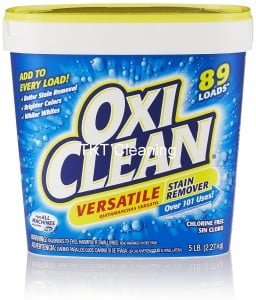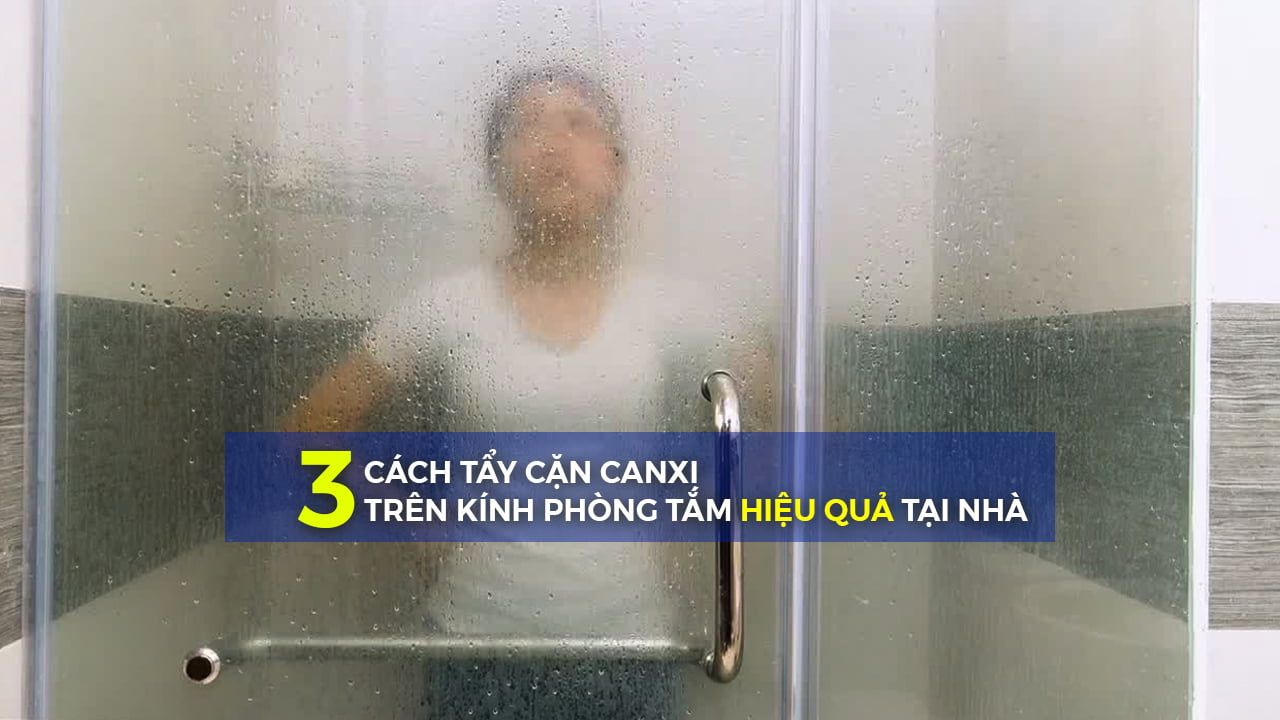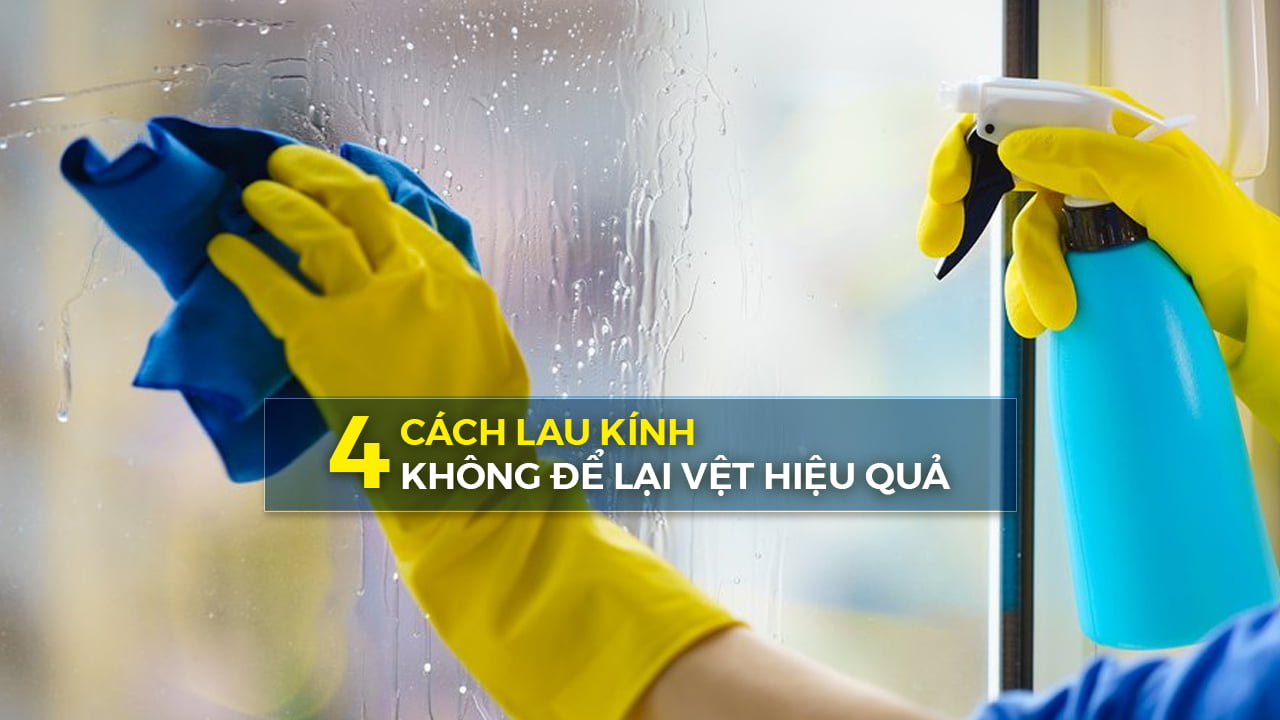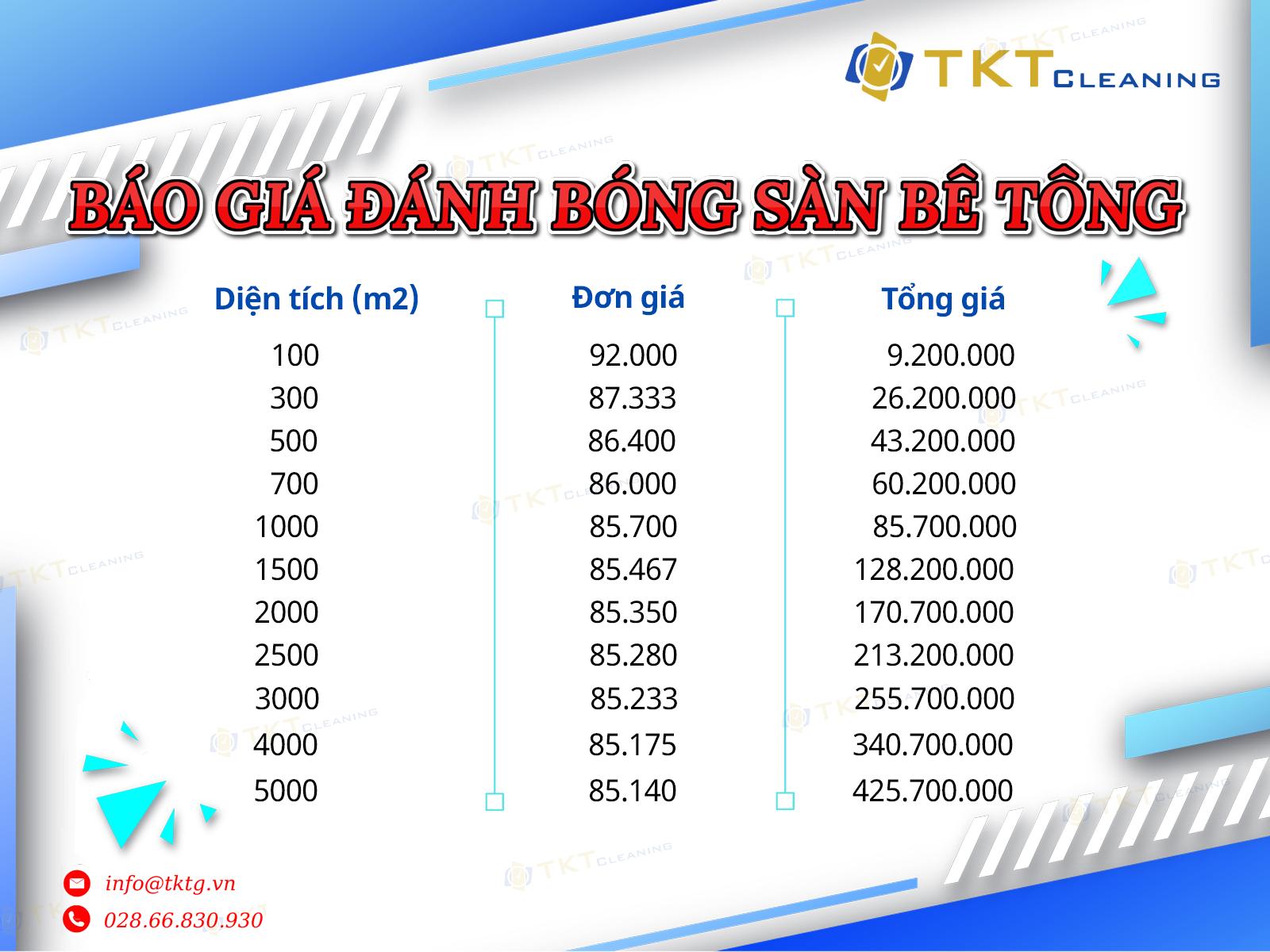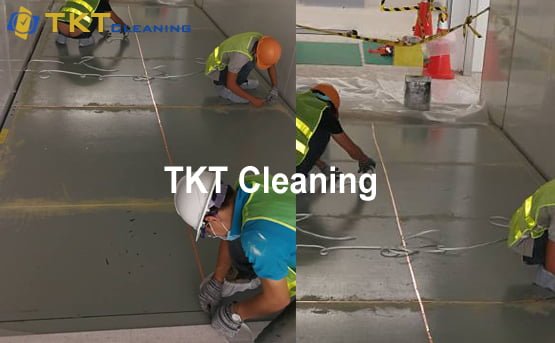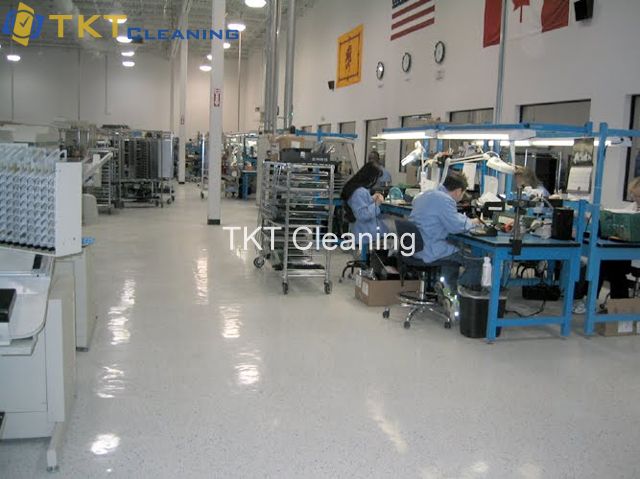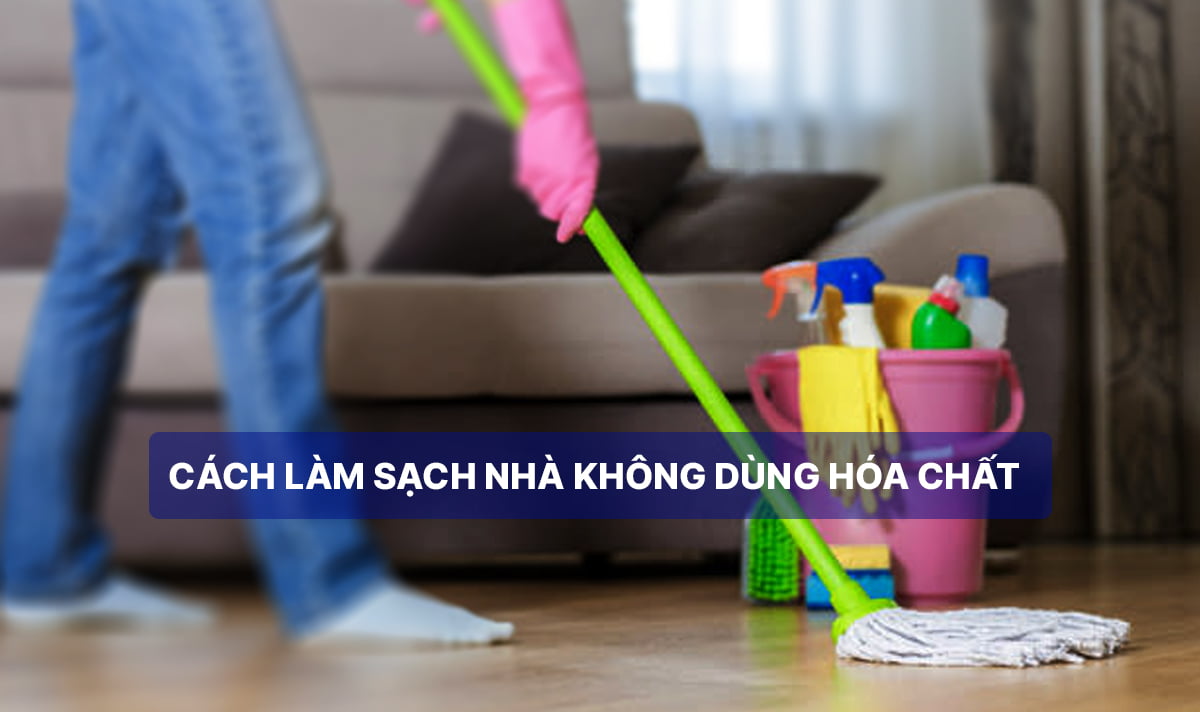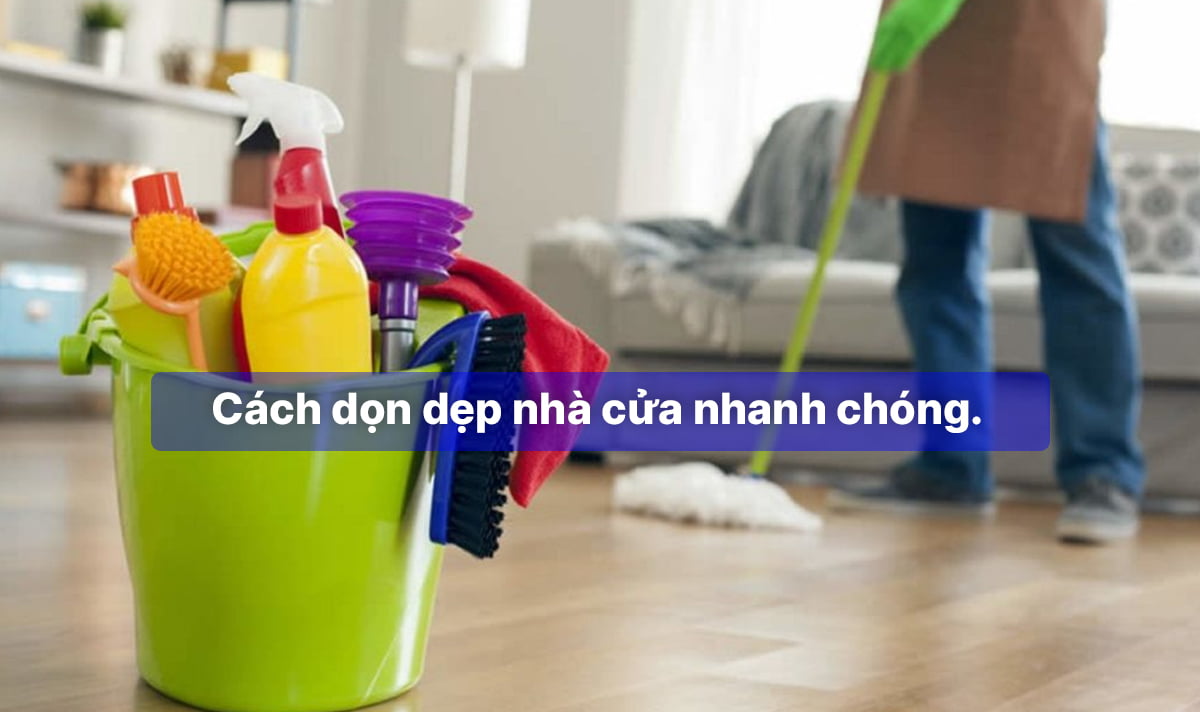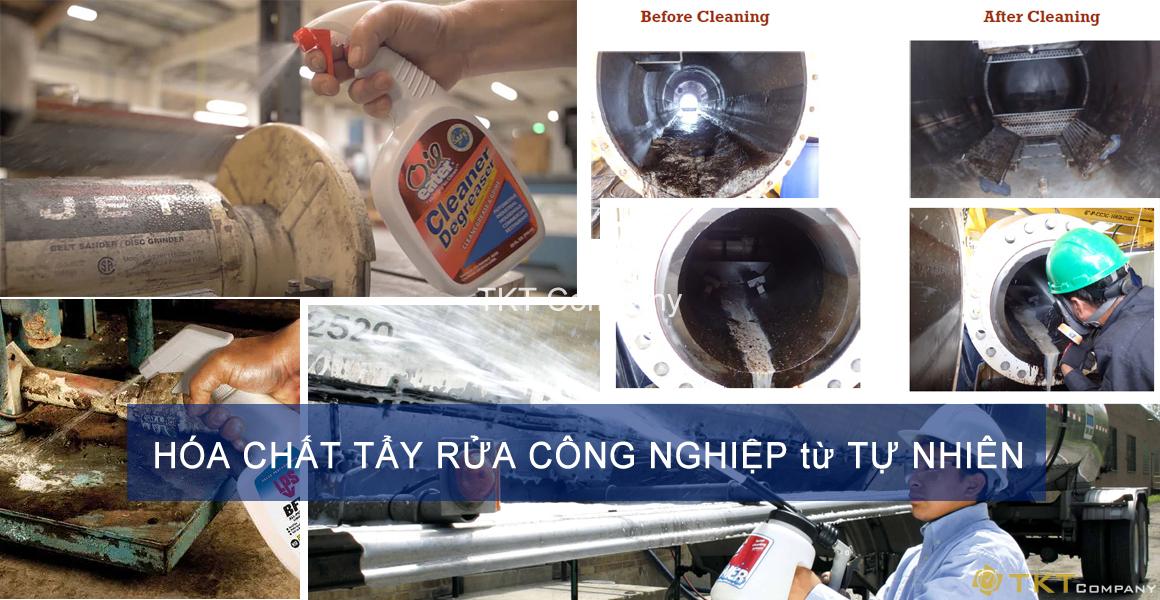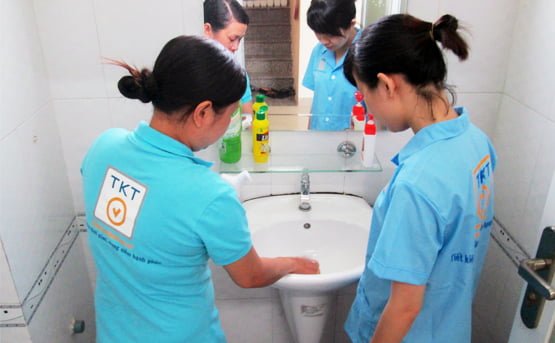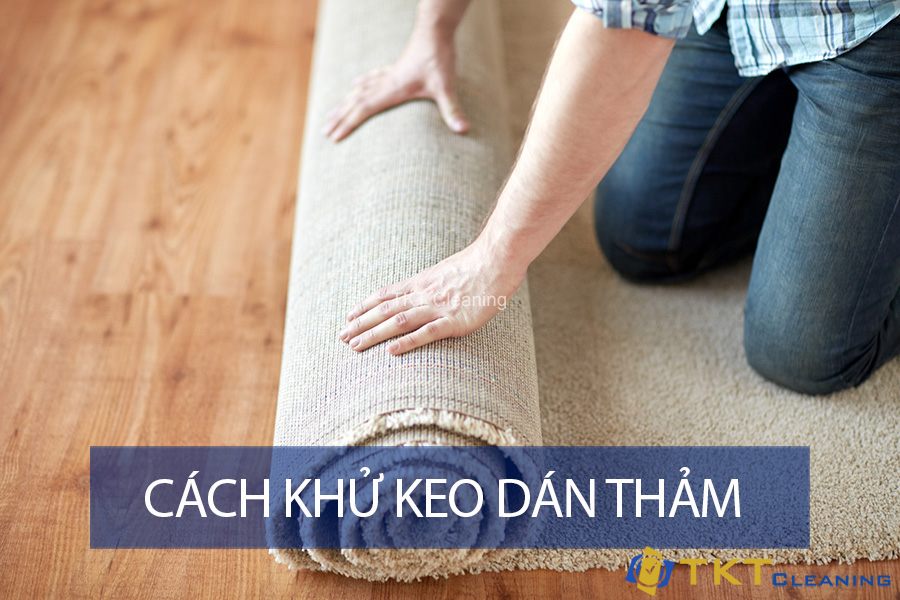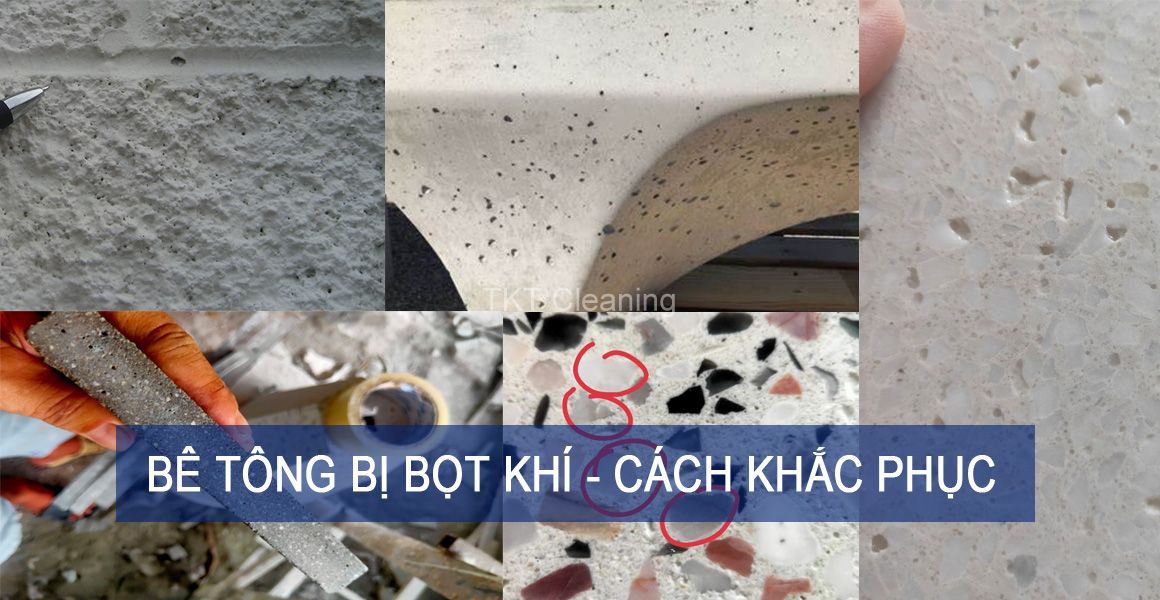This article will help you understand how to kill mold using bleach is derived from Chlorine and Oxygen
This page tells you how to kill mold with:
- Chlorine bleach
- Oxygen bleach
The Mold Removal page also provides a step by step guide to the entire mold removal process.
The Mold on Clothes page has information about removing mold from clothes with bleach and other mold killing solutions.
1. Chlorine Bleach Information
Bleach is probably the most well known mold killer. In fact many commercial mold killing products contain bleach. The active ingredient in chlorine bleach is sodium hypochlorite, but otherwise it is mostly made up of water.
Bleach is cheap and you can easily buy it at the supermarket. You will often see it labeled as laundry bleach or just bleach, instead of chlorine bleach.
2. Does Bleach Kill Mold
Bleach kills bacteria and viruses and sanitizes the surfaces it’s used on. Bleach also kills mold if it comes into contact with it. The spores and allergens from mold are neutralized as well.
Bleach will kill mold growing on non-porous surfaces like glass, tiles, bathtubs and counter tops. However bleach cannot completely kill mold growing in non-porous materials like drywall and wood. Bleach does not penetrate into these non-porous substances and so only the mold growing above the surface is killed.
3. How to Kill Mold with Bleach
- Before you start you should open the doors and windows to ventilate the area.
- Bleach damages your skin so it’s a good idea to wear protective gloves. You might also want to wear eye protection too.
- Start by mixing the bleach with water. The ratio should be one cup of bleach per gallon of water. This is about a one part bleach to ten parts water ratio. Make sure to check the instructions on the bleach as well in case it recommends something different.
- Next apply the bleach to the moldy surface. You might want to use a spray bottle or a cloth or sponge. Bleach can slowly destroy sponges and cloths though, so you might not be able to use them again after.
4. Should You Use Bleach to Kill Mold?
The EPA does not recommend you use bleach for killing and removing mold. Bleach is a chemical, and it is better to use natural mold killing products instead. Some good alternative mold killing products are borax and vinegar. Bleach also loses its power with time. Even if bleach is not opened, in 90 days it loses 50% of its killing effectiveness.
Another disadvantage is that bleach is corrosive. Bleach deteriorates materials and the fibers of porous substances. The gas from bleach can even damage your lungs. If bleach touches your skin it can also give you chemical burns.
There is also concern about whether bleach leaves dioxins. Dioxins are highly toxic and carcinogenic substances. They are also teratogenic and animal tests have shown dioxins can cause birth defects.
Bleach can create dioxins in processes like bleaching of wood pulp. Fortunately though, studies have found that bleach cannot form dioxins when it’s just used for household cleaning. The materials which are needed for bleach to form dioxins are not usually present when cleaning the home.
Bleach is ineffective at killing mold on many materials, including carpet and upholstery. Bleach won’t kill mold on dirty, metallic or porous substances either.
5. Why Bleach Does Not Kill Mold on Porous Material
You should avoid using bleach to kill mold on porous materials. Because of its ionic structure, bleach cannot soak into substances which are porous. So the chlorine stays above the surface, while the water is absorbed in.
This means bleach will only kill the mold on the surface of porous materials like wood and drywall. The mold’s roots are left alive and this can lead to mold soon growing back. Therefore you can end up in a cycle of continually trying to bleach mold, only to have it constantly return.
6. Oxygen Bleach to Kill Mold
A good alternative to chlorine bleach is oxygen bleach. Oxygen bleach also kills mold and works well for cleaning mold from surfaces and clothes. Oxygen bleach cleans stains and kills bacteria too. It will sanitize, disinfect and deodorize whatever you use it on.
Oxygen bleach is another name for sodium percarbonate. You can buy it in a powder which you then mix with water. Once you’ve added water, the oxygen bleach powder dissolves and breaks down into hydrogen peroxide (which breaks down to water and oxygen) and sodium carbonate (also called sodium ash). These by-products are non-toxic and environmentally safe.
Many cleaning products contain oxygen bleach (eg. Oxiclean). You can buy oxygen bleach from the supermarket cheaply, where it usually only costs a few dollars.
7. Advantages of Oxygen Bleach
Oxygen bleach has many differences and advantages compared to chlorine bleach. Oxygen bleach deodorizes and kills mold and bacteria but, unlike chlorine bleach, oxygen bleach is environmentally friendly. There is no phosphorous or nitrogen in oxygen bleach. Its ingredients are natural and biodegradable.
Another advantage over chlorine bleach is that oxygen bleach doesn’t fade or deteriorate clothes. You can also use oxygen bleach with hot or cold water. Oxygen bleach doesn’t fade surfaces such as wood either.
Gas from chlorine bleach is bad for you and it creates toxic fumes if you mix it with vinegar or ammonia. But oxygen bleach does not create any fumes. It can also be used safely with other household cleaners and detergents.
Both chlorine bleach and oxygen bleach can be bought cheaply from the supermarket.
8. Disadvantages of Oxygen Bleach
Oxygen bleach products are usually a little bit more expensive than chlorine bleach products. Chlorine bleach also works faster than oxygen bleach.
Oxygen bleach loses its killing power much faster than chlorine bleach too. For best results, you should use oxygen bleach within the time stated on the product’s packaging.
9. How to Kill Mold With Oxygen Bleach
- The general directions for using oxygen bleach should be in the instructions on the packaging. You should be able to follow these to kill and remove mold.
- Usually you begin by adding the oxygen bleach powder to water. It’s best to use warm or hot water, as this will dissolve the oxygen bleach better.
- The ratio of bleach to water is usually between half a cup and one cup, per gallon of water. However, make sure to check for the ratio that the directions on the oxygen bleach recommend.
- You can add the oxygen bleach and water solution to a sprayer or squirt bottle to apply it to the moldy surface. If you prefer, you can put the oxygen bleach and water mixture in a bucket, and apply it with a cloth, sponge or scrubbing brush.
- After you have applied the solution to the mold, let it sit for about 15 minutes.
- Then rinse thoroughly and wipe the area with water.
- You can also make a paste if you prefer. Add just enough water to the oxygen bleach powder to make it into a paste.
- After you mix oxygen bleach with water, the solution will be active for about 5 or 6 hours. You should dispose of it after this. It’s fine to pour the solution down the drain, as oxygen bleach deodorizes drains.
Articles on this company TKT cleaning company help you have more information about how to kill mold from the chemicals simply cheap , easy to use. Cleaning company in Vietnam TKT can consult to help you have a deeper knowledge about the unpleasant mildew . You may also be interested in the article ” guidance kill mold naturally ” . TKT sanitation services wish you health and happiness always .
Source: tktg.vn




